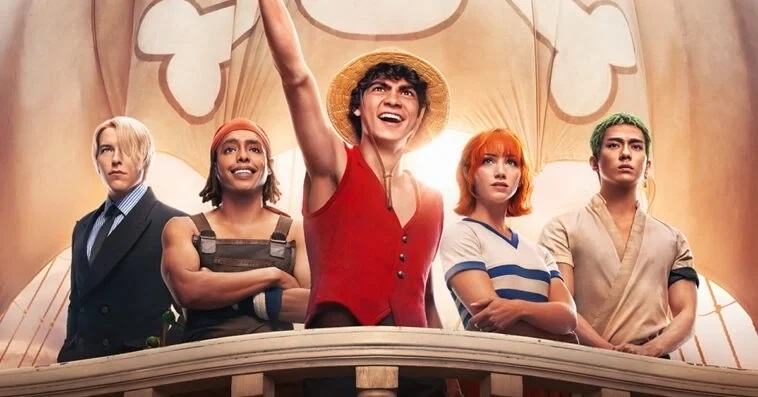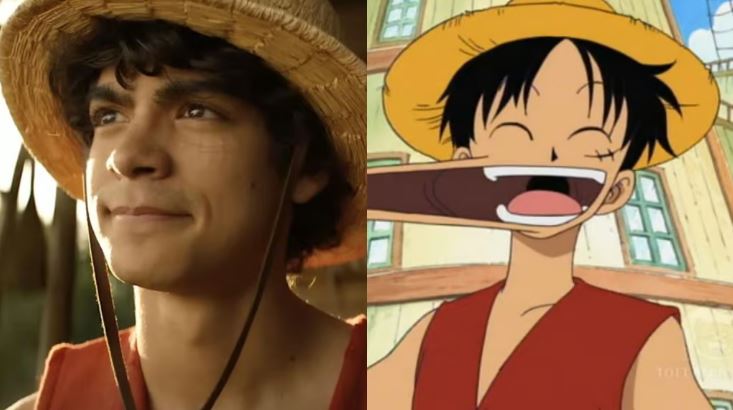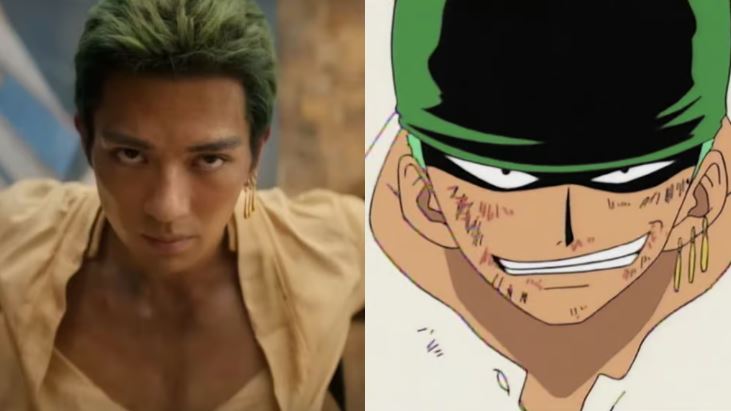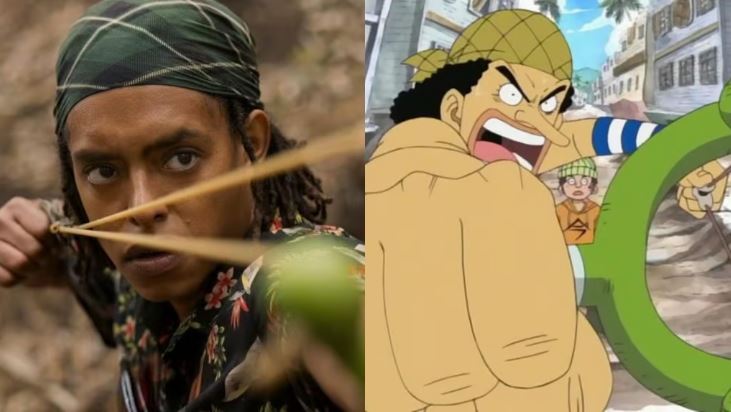Netflix’s One Piece has finally broken the live-action anime curse
By
Warning! One Piece spoilers below!
We can credit Paramount’s Ghost in the Shell, Netflix’s Cowboy Bebop, and the streamer’s Death Note for my lack of expectations when it comes to live-action anime adaptations. The Japanese live-action Death Note movie from 2006 is a near-masterpiece, so it’s not to suggest that all of them are horrible; rather, it’s the Western versions that keep falling short.

Having said that, my expectations for Netflix’s One Piece were quite low. In 2020, the series was formally announced, and I made every effort to ignore it. In 2017, Tetsuro Araki’s riveting supernatural horror-thriller Death Note swerved off course and sailed right into Donnie Darko territory, turning the improbably cool and sophisticated Ryuk into little more than a watered-down version of Frank the Rabbit. I was still stung by this. I felt deflated when Cowboy Bebop on Netflix debuted in 2021.
One Piece is a show (and manga) that is simultaneously delightfully absurd and deeply emotional. There was no way a team of Western directors and producers could take One Piece and transform it into something that would not only appeal to new and old fans – but would also honor the magic that Eiichiro Oda so meticulously created.
Still, they did. I can’t think of the last time an adaptation—anime or otherwise—was this respectful of its source material. They did it so well, in fact. One Piece on Netflix is excellent. Actually, it’s extremely good. The series manages to retain the spirit and humor of One Piece while also generating a fresh new program that even a new audience of non-anime fans can enjoy. This is true of the casting, which is amazingly realistic, the comic book-like directing decisions, and the anime-like scene recreations.

Monkey D. Luffy

Roronoa Zoro

Nami

Usopp

Sanji

Unlike the first episode of One Piece season 1, the show begins with some world-building and tone-setting before introducing us to Luffy. The build-up is well worth it, even if I was anticipating that quick pleasure (around a minute into the anime, we see Luffy being rescued by Captain Alvida’s soldiers after floating at sea). Inaki Godoy’s Luffy embodies the identical essence of his anime counterpart by being too cheerful and illusionarily brave. He always makes you grin when he appears on film, especially when he uses his rubber skills to make dynamic, outrageous faces. Godoy, the filmmakers, and the writers make sure Luffy shines in all his silliness, not dimming it for a Western audience who would desire a more “relatable” or action-y type hero.
When the complete Straw Hat team is present, the episode is at its greatest and best. Slowly, we get to know each main character and follow them on their own adventures, and in the first episode, Zoro (Mackenyu), Luffy, and Nami (Emily Rudd) are all in the same bar. And I shouted at that point. It’s clear how much thought and effort went into selecting the actors for this program. The contrast between Zoro’s devil-may-care attitude and Luffy’s never-ending buoyancy is clear in their first one-on-one encounter. Although they first butt heads, the connection between the two performers is undeniable. Mackenyu’s Zoro is too cool for school, and Rudd’s Nami is fiercely independent and impossibly obstinate. The entire narrative comes together when we eventually get to know Usopp (Jacob Romero Gibson) and Sanji (Taz Skylar), the other two Straw Hat members.
Then, of course, we have to pause and congratulate the production company for casting Jeff Ward and Steven John Ward from Agents of S.H.I.E.LD as Buggy the Pirate Clown and Mihawk, respectively. In the anime and manga, Buggy is actually nothing to be afraid of, but Ward portrays Buggy as a vicious clown with an insatiable appetite for blood. It’s a fantastic combat sequence, and the studio opted to enhance it by having it take place within a circus tent, taking the name of Buggy’s ship, Big Top, literally, rather than on the street of the town Buggy devastated. Such decisions amply demonstrate that the program was developed by viewers who sincerely wished to see what they like brought to (a new) life.

And that’s why some adaptations fall short: they stray too far from the original work, they don’t examine what makes the piece effective or what the audience really enjoys about it. They transform the source material into something unfamiliar, as opposed to enhancing it. The live-action should be aware that it is based on an anime since anime is aware of what it is. It’s not a Scorsese movie or an episode of The Sopranos; rather, it’s a live-action depiction of an animation subgenre known for being outlandish and extravagant.

One Piece on Netflix isn’t aiming to be anything other than a TV program based on a cartoon about a rubber man who wants to be a pirate. In order to show the viewer that they are leaning into the campiness, they even included a Wilhelm scream to the moment where Mihawk rips a boat in half.
One Piece on Netflix is a labor of love that succeeds and, hopefully, shows that Western adaptations are heading in the right path.
Source: https://www.gamesradar.com/netflix-one-piece-live-action-anime-amazing/





